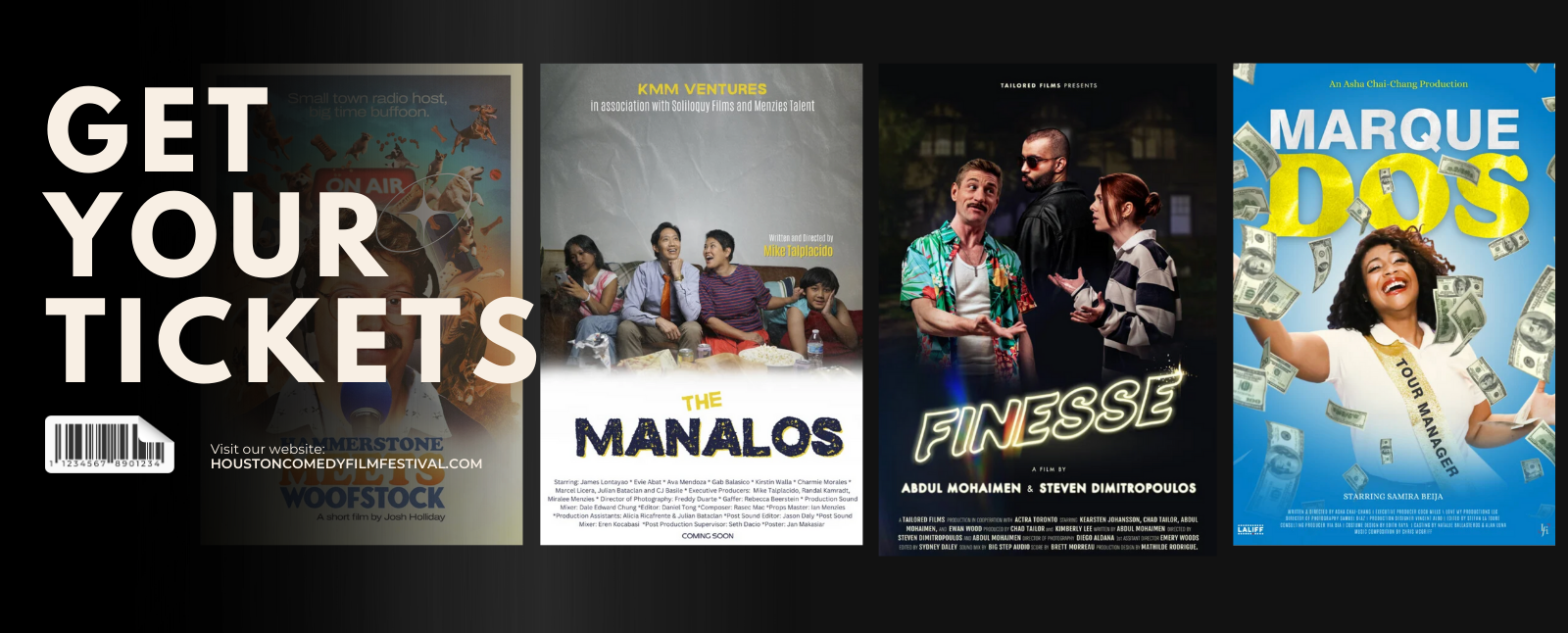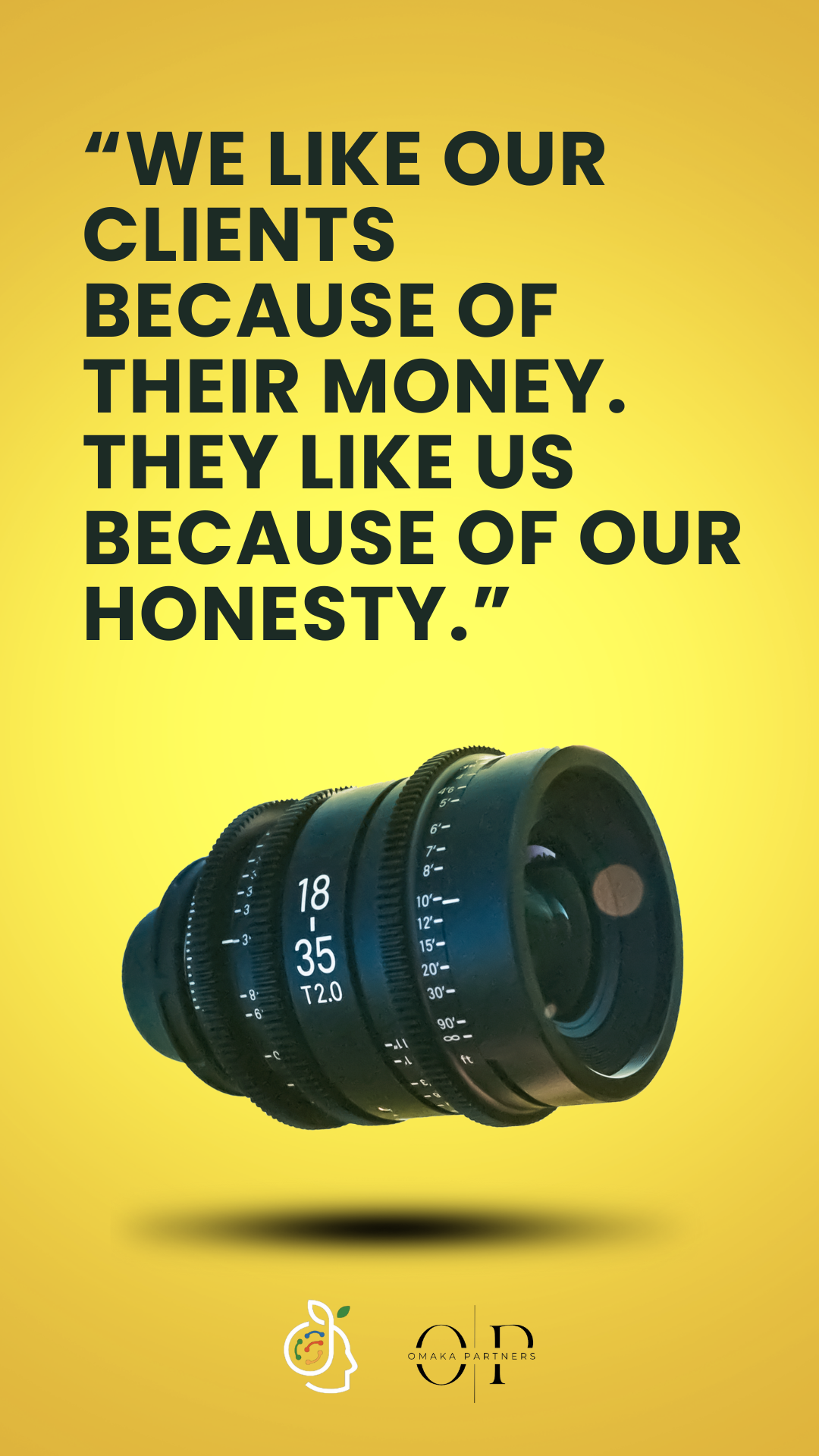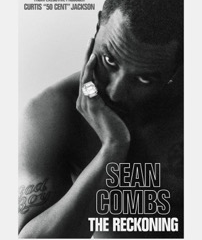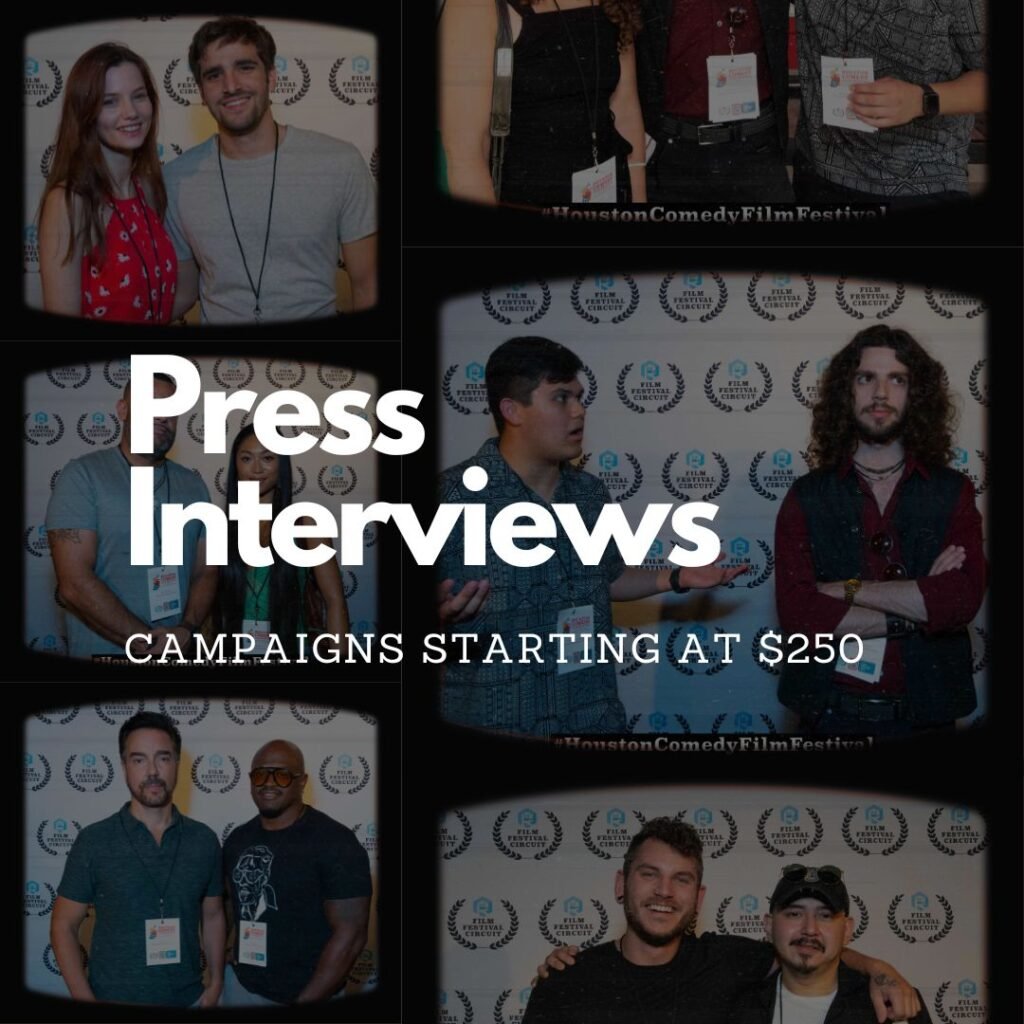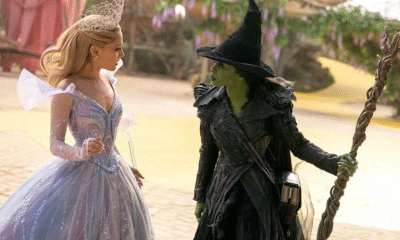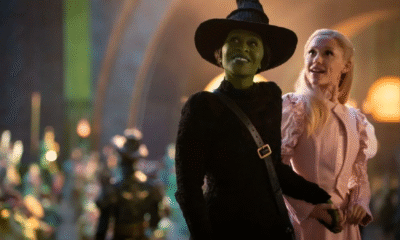Advice
The Art of Adaptation: Turning Books into Blockbusters
Scriptwriting Strategies for Adaptation
Adapting a literary work into a screenplay is a nuanced process that requires a deep understanding of both the source material and the different demands of film storytelling. One of the first and most crucial scriptwriting strategies is immersing oneself in the original text. This involves examining not only the plot but also the themes, character arcs, and the emotional depth that the author has crafted. Recognizing these elements will help ensure that the adaptation remains faithful to the spirit of the book while translating it into a visual medium.
Identifying key plot points is another essential step in the adaptation process. Screenwriters must discern which moments are pivotal to the story and which elements can be condensed or removed without sacrificing narrative integrity. This often involves distilling intricate subplots or character details into more streamlined representations, focusing on aspects that will resonate with an audience unfamiliar with the original material. The challenge lies in balancing fidelity to the source while modifying the content appropriately for pacing and flow, ensuring the film maintains an engaging rhythm.
Furthermore, crafting a compelling narrative structure is vital for successful adaptations. This often entails restructuring the story to fit a traditional three-act format, focusing on building tension, delivering climactic moments, and offering resolution. Techniques such as visual storytelling can enhance the narrative, allowing filmmakers to convey emotions and themes through imagery rather than exposition alone. This shift in focus not only makes for a more dynamic viewing experience but also honors the essence of the original work. In doing so, screenwriters should pay attention to audience engagement, ensuring each scene serves a purpose while keeping viewers invested in the unfolding story.

Translating Characters from Page to Screen
Adapting a book into a film presents unique challenges, particularly when it comes to translating characters from the page to the screen. One of the primary obstacles is preserving the essence of beloved characters while making them accessible to a new audience. Character development in film requires careful consideration of various elements, such as backstory, personality traits, and relationships, to ensure that their motivations and arcs resonate with viewers.
Effective casting is crucial in this process. The selection of actors can significantly affect how characters are perceived and interpreted. For instance, an actor’s charisma and skill can breathe life into a character, embodying their traits and emotions in a manner that aligns with the book’s portrayal. However, casting choices can also lead to challenges, particularly when fans have a preconceived image of the characters. Finding the right balance between honoring the original vision and allowing for new interpretations is a delicate task for filmmakers.
In addition to casting, dialogue adaptation plays an essential role in character representation. The screenplay must retain the spirit of the characters’ voices while making dialogue more suited to a visual medium. This often requires condensing complex internal monologues into concise, impactful exchanges that convey essential emotions and themes. Striking this balance is vital to maintain fidelity to the source material while enhancing the storytelling experience for viewers.
Furthermore, the impact of actor interpretation cannot be overlooked. How an actor embodies a character can add depth and nuance that may not be fully articulated in the source text. This interpretation can lead to varying perspectives on character motivations and relationships, broadening the appeal of the story. By embracing these challenges and employing thoughtful methods, filmmakers can create adaptations that honor the original works while captivating both new audiences and die-hard fans alike.
Capturing Themes and Tone in Adaptations
The process of adapting a literary work into a film involves a delicate balance between fidelity to the source material and creative interpretation. Key to this endeavor is the preservation of the underlying themes and tone that characterize the original story. Themes serve as the backbone of a narrative, encapsulating the author’s core messages and ideals. Without a careful consideration of these themes, a film adaptation risks losing the essence that made the book resonate with its audience. Filmmakers must strive to understand the thematic elements that drive the story, as well as the emotional undercurrents that contribute to its tone.
One effective method for capturing themes is through the use of visual motifs. These recurring images or symbols can echo the core ideas of the narrative, bringing attention to them in a way that enriches viewer comprehension. For instance, a film may incorporate specific colors to symbolize emotions or utilize particular settings that reflect the characters’ interior struggles. Additionally, sound design and music choices play a significant role in conveying tone. A stirring soundtrack can evoke intrinsic feelings that align with the themes present in the narrative, enhancing the overall viewing experience.
Cinematography also has the power to reflect the essence of a story. The use of camera angles, lighting, and shot composition can all influence how audiences perceive the tone of the adaptation. Dim lighting and close-up shots may heighten tension, whereas bright lighting and wide shots could create a sense of openness and freedom. Filmmakers can employ these techniques strategically to ensure that the thematic elements of the original work are not only preserved but are also communicated effectively on screen. Seamlessly intertwining these artistic choices allows for an adaptation that honors the original text while appealing to contemporary audiences.

Collaborating with Authors: Best Practices
Collaboration between screenwriters and authors plays a pivotal role in the successful adaptation of literary works into film or television. Building a respectful and productive partnership is essential for creating a project that honors the original narrative while embracing the possibilities of the screen. One of the foremost best practices in this collaboration is maintaining open communication. Establishing regular check-ins ensures that both parties feel engaged in the process and allows for the timely discussion of ideas, concerns, and potential changes to the source material.
It is important to invite the author into the creative decision-making process. This inclusivity can foster a sense of ownership over the adaptation, enhancing their enthusiasm and overall investment in the project. Screenwriters should actively seek the author’s insights regarding characters, themes, and plot points, utilizing their intimate knowledge of the work to guide decisions. Additionally, adopting a flexible mindset can facilitate a harmonious working relationship; while certain elements may need to be altered for cinematic effectiveness, the essence of the story and its core messages should remain intact.
Navigating potential conflicts is another critical aspect of this collaboration. Disagreements may arise over creative choices, but these can often be addressed through compromise and a mutual understanding of each party’s objectives. Employing techniques such as brainstorming sessions can help both the author and the screenwriter explore various angles and solutions to appease differing visions while keeping the source material at the forefront.
Ultimately, successful collaboration hinges on the ability to create a partnership based on trust, creativity, and respect for the original work. By following these best practices, screenwriters can effectively transform literary narratives into compelling cinematic experiences that captivate audiences while staying true to their literary origins.
Bolanle Media is excited to announce our partnership with The Newbie Film Academy to offer comprehensive courses designed specifically for aspiring screenwriters. Whether you’re just starting out or looking to enhance your skills, our resources will provide you with the tools and knowledge needed to succeed in the competitive world of screenwriting. Join us today to unlock your creative potential and take your first steps toward crafting compelling stories that resonate with audiences. Let’s turn your ideas into impactful scripts together!
Advice
How AI Is Forcing Everyone Into the Entrepreneur Game

Remember when having an ordinary job felt safe? Those days are over. The arrival of artificial intelligence isn’t just automating tasks—it’s blowing up the very idea of job security and ushering in an era where adaptability and entrepreneurship aren’t optional, they’re survival skills. Welcome to the new game. Average is automated, and now, everyone needs to think—and act—like an entrepreneur.

AI Isn’t Coming—It’s Already Here (And It’s Taking Jobs)
It’s not sci-fi anymore. By 2025, AI and automation are expected to displace as many as 85 million jobs worldwide, from customer service roles to entry-level tech positions, with 13.7% of U.S. workers already reporting being replaced by robots or AI-driven systems. Young people are especially hard-hit: tech unemployment among 20- to 30-year-olds has jumped 3% this year alone in AI-exposed roles. And the impact isn’t slowing down. Analysts say up to 60% of jobs in advanced economies could see tasks automated in the near future, with 30% of workers fearing outright replacement.
Why Average Isn’t Enough Anymore
The old industrial world ran on “the bell curve”—reliably rewarding the middle. If you were competent, you were comfortable. But in the digital age, AI is programmed to do average things perfectly and instantly. Now, the top 10%—the specialists, the creators, the difference-makers—snap up 90% of the rewards, while the rest get left behind.

Enter: The Entrepreneur Game
Here’s the twist: being entrepreneurial isn’t just about starting a business. It’s about building a personal brand, mastering a specialty, and continually learning or creating something valuable that AI can’t easily duplicate. Tech isn’t killing opportunity—it’s changing what it looks like.
- 20 million Americans now expect to retrain for new, more creative or tech-forward careers in the next three years.
- The fastest-growing “jobs” are digital and entrepreneurial: creators, consultants, coaches, prompt engineers, content strategists, AI-human collaboration experts, and niche community builders.
- Nearly half of companies that adopted AI are now automating roles, but they’re also creating demand for new skills and products almost overnight—a perfect playground for entrepreneurial thinking.
Survival Guide: How to Play (and Win) the New Game
- Pick Your Niche: Get laser-specific. Being “good at business” is out. Being the best at “helping consultants automate YouTube marketing with AI tools” is in—and global.
- Build Digital Assets: Write, film, code, design, research—create things that can scale, sell, and build your brand, wherever you are.
- Stay Adaptable: Reskill, upskill, and don’t be afraid to jump into new industries. Today’s winners are the ones who can pivot quickly and ride the next wave, not cling to what worked last year.
- Own Your Audience: Whether it’s a newsletter following, a YouTube channel, or a private Slack group, your future depends on connecting with people who value what you do—AI can’t compete with real, human influence.

Bottom Line
AI didn’t just move the goalposts—it changed the field. Being “average” is now a risk, not a guarantee. The winners in this new economy aren’t waiting for work to come to them—they’re proactively creating, collaborating, and cashing in on the skills, products, and experiences AI can’t touch. The entrepreneur game isn’t just for founders anymore. Ready or not, it’s for everyone.
Advice
How to Make Your Indie Film Pay Off Without Losing Half to Distributors
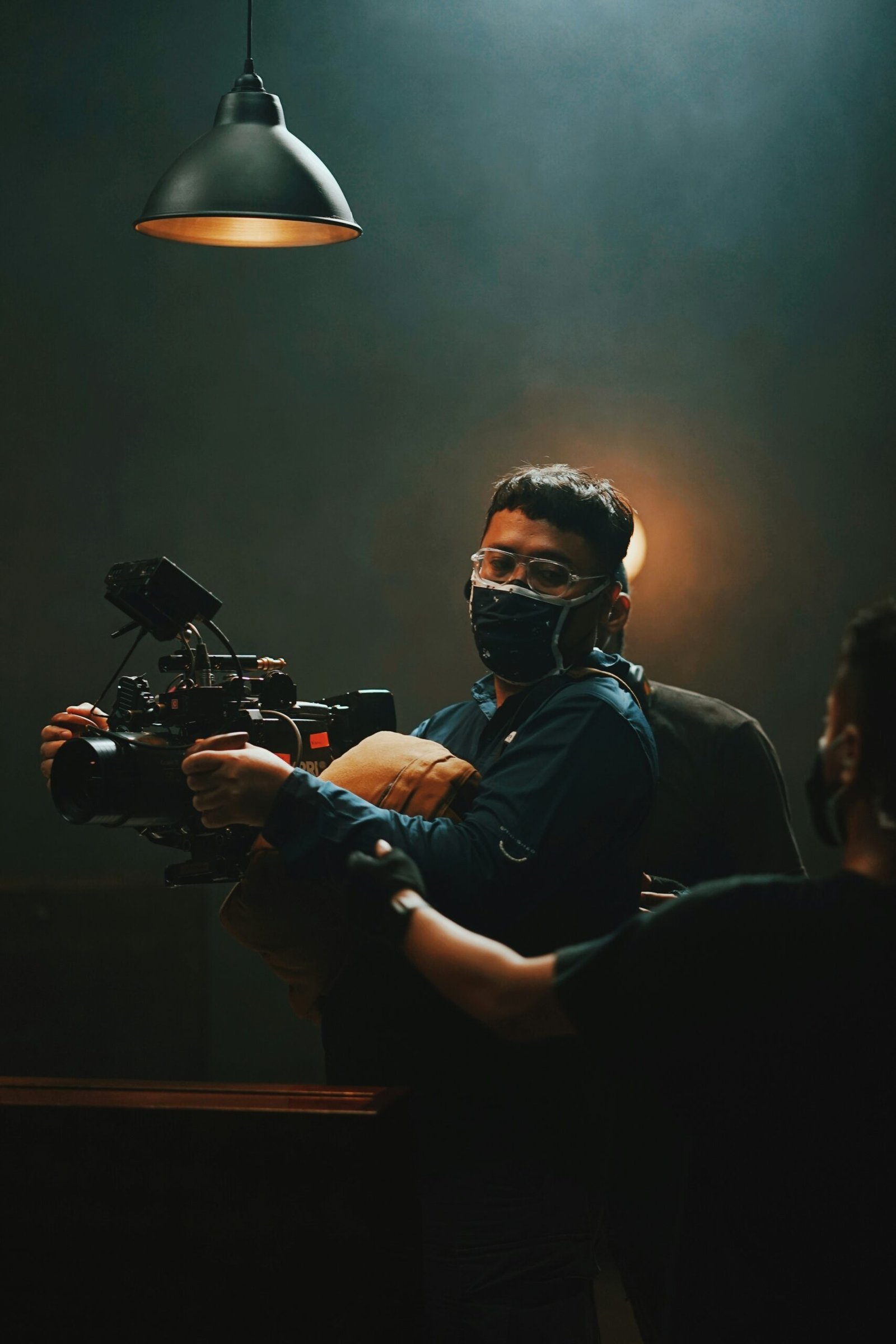
Making an independent film is often a labor of love that can take years, countless hours, energy, and a significant financial investment. Yet, for many indie filmmakers, the hardest part is recouping that investment and making money once the film is finished. A common pitfall is losing a large portion of revenue—often half or more—to sales agents, distributors, and marketing expenses. However, with the right knowledge, strategy, and effort, indie filmmakers can maximize their film’s earnings without giving away so much control or profit.

Here is a comprehensive guide to keeping more of your film’s revenue and ensuring your film gets the audience and financial return it deserves.
Understanding the Distribution Landscape
Most indie filmmakers traditionally rely on sales agents and distributors to get their films to audiences. Sales agents typically take 15-20%, and distributors can take another 20-35%, easily cutting your revenue share by half right from the start. Additionally, marketing costs that may be deducted can range from a few thousand to upwards of $15,000, further eating into profits. The accounting is often opaque, making it difficult to know how much you truly earned.
Distributors nowadays tend to focus on worldwide rights deals and use aggregators to place films on streaming platforms like Amazon, Apple TV, and Tubi. These deals often do not fetch the best revenue for most indie filmmakers. Many distributors also do limited outreach, reaching only a small number of potential buyers, which can limit the sales opportunities for your film.
Becoming Your Own Sales Agent
One of the most important shifts indie filmmakers must make today is to become their own sales agents. Instead of relying entirely on intermediaries, you should learn the art and business of distribution:
- Research and build an extensive list of distributors worldwide. Top filmmakers have compiled lists of hundreds of distributors by country and genre. Going wide increases your chances of multiple revenue deals.
- Send personalized pitches to hundreds of distributors, showcasing your finished film, cast details (including social media following), genre, logline, and trailer. Ask if they want to see the full feature.
- Don’t settle for a single distributor or a big-name company that may not prioritize your film. Instead, aim for multiple minimum guarantees (MGs) from niche distributors in individual territories like Germany, Japan, and the UK.
- Maintain transparent communication and track every outreach effort carefully.

Pitching and Marketing Tips
When pitching your film:
- Highlight key genre elements and target audience since distributors are often risk-averse and look for specific film types.
- Include social media metrics or fanbase counts, which can make your film more attractive.
- Provide a strong one-minute trailer and a concise logline.
- Be prepared for rejections; even a 5% positive response rate is success.
Marketing is also crucial and can’t be left solely to distributors. Understanding and managing your marketing efforts—or at least closely overseeing budgets and strategies—ensures your film stands out and reaches viewers directly.
Self-Distribution and Hybrid Models
If traditional distribution offers no appealing deals, self-distribution can be a viable option:
- Platforms like Vimeo On Demand, Amazon Prime Direct, and YouTube allow you to upload, price, and market your film directly to audiences while retaining full creative and revenue control.
- Aggregators like Filmhub and Quiver help place self-distributed films on multiple streaming services, often for a reasonable fee or revenue share.
- The hybrid distribution model combines some traditional distribution deals with self-distribution, maximizing revenue streams, audience reach, and control over your film’s destiny.
Takeaway: Be Proactive and Entrepreneurial
The indie filmmaking world is now as much about entrepreneurship as artistry. Knowing distribution essentials, taking ownership of your sales process, and actively marketing your film are no longer optional—they are key for financial success.
By investing time in outreach, exploring multiple territories, securing minimum guarantees, and considering hybrid or self-distribution approaches, indie filmmakers can keep more of their earnings, increase their film’s audience, and avoid being sidelined by opaque deals and slim returns.
The days of handing your film over to a distributor and hoping for the best are gone. The winning formula today is to be your own sales agent, marketer, and advocate—empowered to make your indie film pay off.
Advice
How to Absorb Books 3x Faster in 7 Days

Reading is one of the most powerful skills you can develop — but most people read far slower than they could, spend time on information that doesn’t matter, and then forget what they read a week later. The Triforce Method changes that. It’s a three-part strategy that helps you increase your reading speed, focus on the most important details, and actually remember and use what you’ve learned.

Strategy 1: Increase Your Baseline Reading Speed
The first step is to read faster — but not by rushing. Instead, you’ll train your brain and eyes to process information more efficiently.
1. Remove Your Internal Monologue
Most people “hear” the words in their head when reading. This subvocalization caps your speed to that of normal speech — about 200–250 words per minute. To double your speed, you need to see the words, not hear them.

Think about a stop sign — you don’t sound out “STOP” in your head; you just recognize it instantly. You can train this with tools like Spreeder (free, not sponsored), which flashes text at higher speeds and groups words together. This forces your brain to process visually rather than subvocally.
With practice, this feels natural — the author of this method went from 250 wpm to over 500 wpm in just a short time.
2. Use a Visual Tracker
Your eyes aren’t naturally smooth when moving across text — small jerks and backtracking slow you down. Try this:
- Look at your screen and move your eyes from left to right. Notice the small jitters.
- Now put your finger or a pen in front of you and track it smoothly. Immediately, your motion is more consistent.
A tracker (your finger, a pen, or even a cursor) keeps your eyes moving forward, prevents regression, and lets you maintain speed. Over time, increase your tracking speed. This alone can add another 100+ words per minute to your pace.

Strategy 2: Have a Reading Strategy
Speed means nothing if you waste time on unimportant details. The second step is knowing when to read fast and when to slow down — especially for non-fiction.
The 80/20 Rule
In most non-fiction books, 80% of the value comes from 20% of the content. The rest is often filler, examples, or repetition.
For example, in Atomic Habits, the core lessons are surrounded by stories and case studies. Using the Triforce Method:
- Read most sections quickly (internal monologue removed, visual tracker engaged).
- When you hit a “golden nugget” of advice, slow down, think about it, and absorb it.
The key here: adapt your speed based on content. Reading 700 wpm during a key concept will reduce comprehension — so drop to 500 wpm or less when it matters.
Avoid “highlighting every sentence” syndrome. Focus on what really moves the needle.
Strategy 3: Summarise and Consolidate
Reading faster and smarter means nothing if you immediately forget what you’ve read. The third pillar of the Triforce Method is about retention and application.
Summarising
After each page, summarise it in 1–2 sentences in your own words. Even “nothing important happened here” counts. This habit forces your brain to engage with the material and improves comprehension.
Consolidating
Especially for non-fiction, you must take action on what you read. Learning is about changing behavior, not just collecting ideas.
Example: After reading about habit tracking in Atomic Habits, actually start tracking your habits that day — don’t just file the advice away for “someday.” The author of this method even paused reading for 24 hours to implement changes before continuing.
If you don’t change anything after reading, you haven’t truly learned.

When to Use This Method
- Learning-focused reading: Non-fiction, textbooks, technical guides, exam prep — anytime speed, focus, and retention matter.
- Enjoyment reading: Fiction, poetry, or literature may not require all these techniques — unless you want to increase speed intentionally.
The Bottom Line
The Triforce Method combines:
- Speed – Removing subvocalization + using a visual tracker.
- Strategy – Applying the 80/20 rule and adapting your pace.
- Retention – Summarising and acting on what you read.
With consistent practice, you can double your reading speed, focus only on what matters, and actually remember and use the information.
If you’d like, I can also make a condensed, visually appealing infographic summarizing the three strategies in the Triforce Method so it’s easier to refer back to.
Do you want me to prepare that next?

 Entertainment4 weeks ago
Entertainment4 weeks agoWicked Sequel Disappoints Fans: Audience Verdict on For Good

 Entertainment4 weeks ago
Entertainment4 weeks agoAriana & Cynthia Say They’re in a ‘Non‑Demi Curious, Semi‑Binary’ Relationship… WTF Does That Even Mean?

 News4 weeks ago
News4 weeks agoMexico Bans Dophin Shows Nationwide

 Entertainment3 weeks ago
Entertainment3 weeks agoColombia’s ‘Doll’ Arrest: Police Say a 23-Year-Old Orchestrated Hits, Including Her Ex’s Murder

 Entertainment4 weeks ago
Entertainment4 weeks agoHow The Grinch Became The Richest Christmas Movie Ever

 Entertainment4 weeks ago
Entertainment4 weeks agoMiley Cyrus Is Engaged to Maxx Morando

 News4 weeks ago
News4 weeks agoUS May Completely Cut Income Tax Due to Tariff Revenue

 Business3 weeks ago
Business3 weeks agoLuana Lopes Lara: How a 29‑Year‑Old Became the Youngest Self‑Made Woman Billionaire

